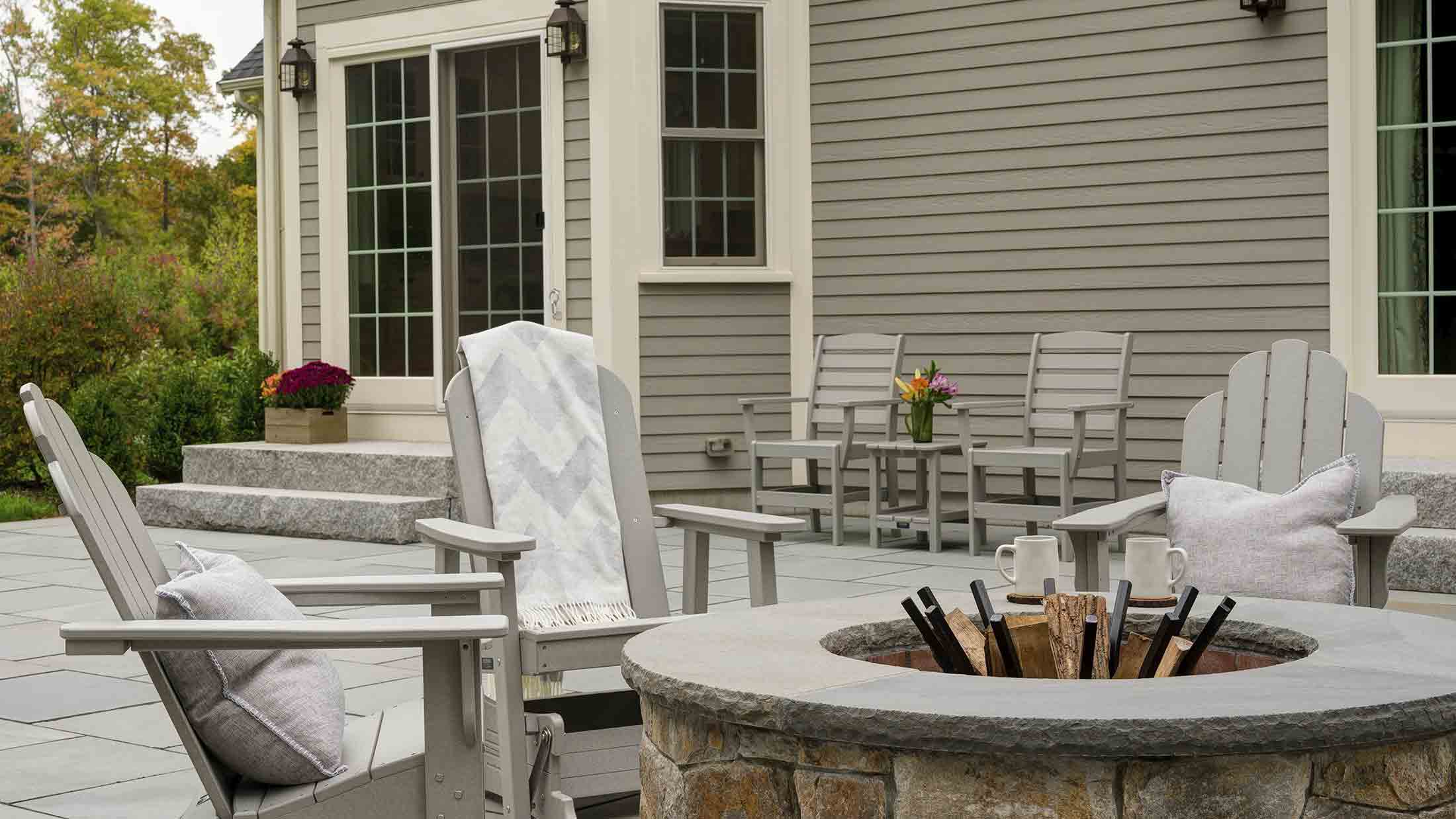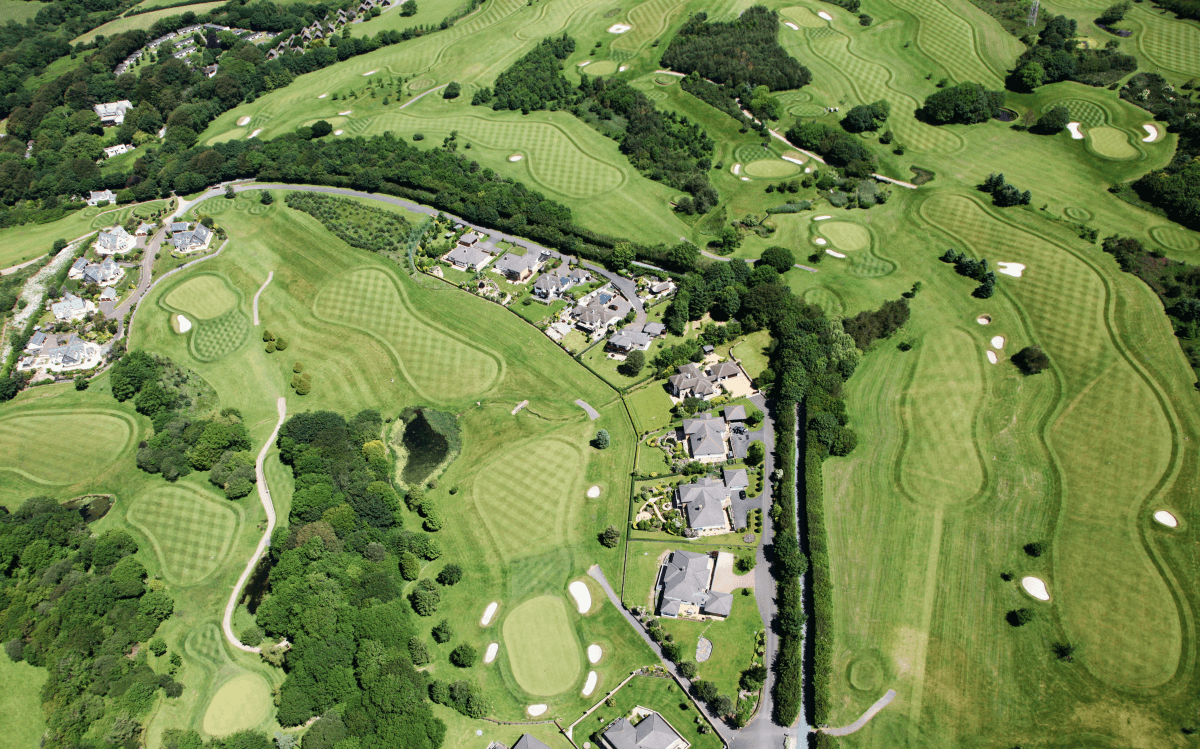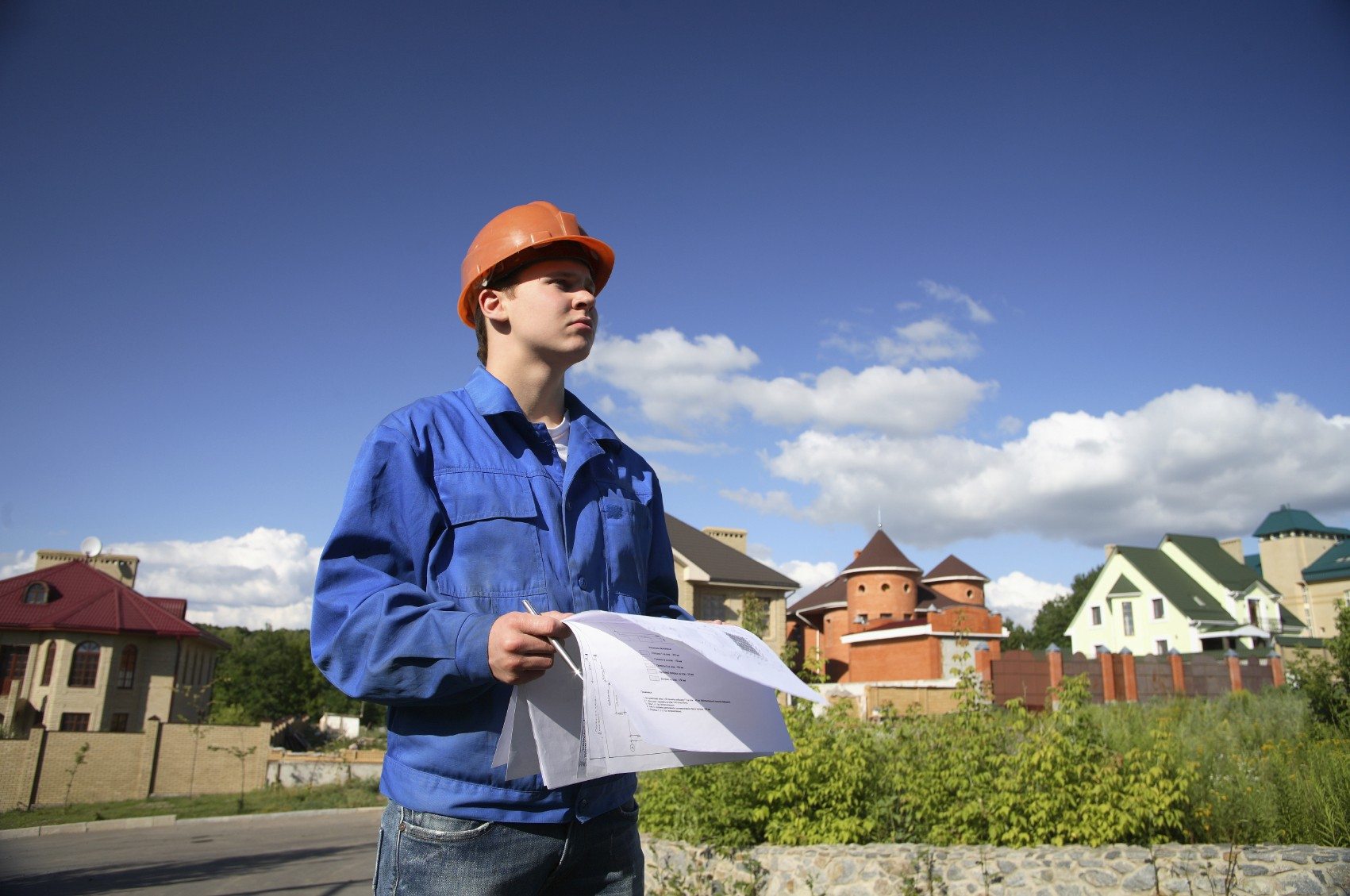The Best Strategy To Use For Landscapers
The Greatest Guide To Landscapers
Table of ContentsThe Only Guide for LandscapersThe Definitive Guide to LandscapersLandscapers Can Be Fun For AnyoneLandscapers - QuestionsThe Greatest Guide To Landscapers
Each of these elements has a certain objective and symbolism, and when combined in the proper way, they develop a well balanced and unified landscape - Landscapers. Rocks are considered the backbone of a Japanese garden. They represent mountains or islands and are strategically put to produce a sense of depth and point of viewIt can take the type of a pond, stream, or waterfall, and its function is to add movement, noise, and reflection to the landscape. Plants, especially evergreens and deciduous trees, play a crucial duty in creating a Japanese garden. They are very carefully picked for their shape, color, and texture to add interest and contrast to the landscape.
These manufactured components often have spiritual or spiritual relevance in Japanese culture and are thoroughly placed within the landscape to create focal factors. Digital Photography by Garrett Cook Desert gardens, likewise called xeriscaping or dry landscaping, flourish in dry and drought-prone regions (Landscapers). These yards display plants that have expanded familiar with the hot and dry problems, making them low-maintenance and water-efficient

They are naturally made use of to the local climate, soil problems, and wild animals, making them more durable and better matched to flourish in their setting. This layout style accepts the elegance of local plants and animals, advertising a local color and attaching us to the land we live on. Picture: Christopher Lee Mediterranean yards originated in the nations surrounding the Mediterranean Sea, such as Italy, Greece, and Spain, where the environment is warm and dry.
The 7-Second Trick For Landscapers
In a Mediterranean environment, the summer heat and aridity are significant challenges for plant growth. To address this, Mediterranean yard layout incorporates elements that offer color, such as pergolas and arbors, to shield plants from direct sunlight during the hottest hours of the day. These structures offer a functional purpose but also include building rate of interest to the yard.
To fight this, watering techniques such as drip irrigation are typically used to ensure that plants obtain a suitable amount of water without wasting it. Official yards are frequently related to grand estates and palaces, where everything is completely symmetrical and in line. These gardens comply with a strict geometric pattern, with straight lines and appropriate angles controling the style.
Making use of hardscaping aspects such as water fountains, sculptures, and pathways is likewise typical in formal gardens. On the other hand, informal yards have actually an even more kicked back and all-natural feel to them. They are not bound by stringent rules or geometric patterns, allowing for a more organic design. Informal gardens have a tendency to have bent paths, off-and-on shaped flower beds, and a mix of different plant types.

All about Landscapers
The design is so preferred that it does not stand out considering that so lots of individuals have it. The majority of the landscapes across the country are typical design.
You can locate conventional landscaping utilized at the historic homes in midtown Idaho Falls. This style provides a great balance of indigenous and non-native plants.
Considering that the style has actually been around for awhile, even more people have it, so it does not attract attention as much. A modern-day landscape has the most edgy design style. Bright tinted plants integrate with vibrant metal containers and furnishings. Every element is a lot more refined and specific. Shrubs and plants are generally much more especially set up and trimmed into forms versus being more all-natural.
It's not regarding the style of home a landscape fits, however more the products it's constructed of. Locating materials for this style, such as containers made of steel, can be harder, so it can set you back a bit extra. This design brings sleek sophistication. While hedges require to be cut to keep their shapes, this style of landscape requires less customized upkeep.
Landscapers for Beginners
Richer landscape beds with lots of color that require higher degrees of maintenance and upkeep. A newer landscape style that's arised lately is the rustic modern style. This landscape will still utilize stones and wood but in a more polished means. Below, modern-day layout aspects are likewise merged into the image, such as bold-colored patio area collections and color-blocked beds using plants with brilliant hues.
This style goes best with homes that are rustic or modern-day, and it has a wonderful mix Check Out Your URL of the benefits and drawbacks of those styles noted above (Landscapers). Not certain which design matches you finest? Factoring in maintenance and overall layout and treatment costs can aid persuade you in one direction over another based upon your preferences
For one, since products like boulders and rough-hewn lumber are so popular right here, they are very easy to get. Plants are left to expand more naturally, as in they do not need to be a symmetric, trimmed shape. On the other hand, modern-day and cottage design gardens are generally extra pricey to set up and require even more maintenance.
You can produce a visually pleasing landscape by adhering to these six concepts of design. There are 6 principles of layout that have actually been used by musicians for centuries throughout all art forms, painting and floral style along with landscape design. They are: Balance Focalization Simplicity Rhythm and Line Percentage Unity Equilibrium is a state of being along with seeing.
The Buzz on Landscapers
There are two major kinds of balance: symmetrical and asymmetrical. Symmetrical balance is used in formal landscapes when one side of the landscape is a mirror picture of the contrary side. These landscapes usually make use of geometric patterns in the sidewalks, growing beds and also exactly how the plants are pruned into shapes.

Each area of the landscape might include a focal factor, but it is absolutely not needed. Landscape designers need to not overuse focal factors.
Maintaining landscapes straightforward, not jumbled or picky is always an excellent method. This is not the reverse of intricacy. Many landscapes have extremely intricate features, consisting of the architectural style, water attributes and substantial lights features. Landscapes that make people satisfied and comfortable prevent utilizing also numerous shades, forms, contours and textures, however in no other way does this mean simplistic, monotonous or lack of creativity.